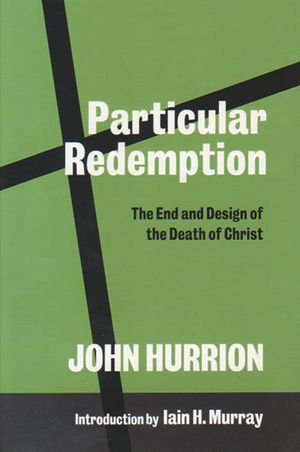This is a reprint of an eighteenth-century work. John Hurrion, a Nonconformist pastor, was one of eight ministers who participated in a series of weekly lectures in London, from November 1730 until April 1731.
This book contains the text of Hurrion’s four contributions to that series. The first two were preached in November and December of 1730. However, he was then struck down with the illness from which he would die at the end of December.
The third sermon he wrote down in readiness for the publication of the entire lecture series. For his fourth sermon, he could only leave notes. These were expanded for the published work by the editor, Abraham Taylor. The book also includes ‘Twelve points of application’, which Hurrion presumably attached to the final sermon notes.
The series was concerned with ‘A defence of some important doctrines of the gospel’. The theme of Hurrion’s four chapters was particular redemption, otherwise known as limited atonement. This is the truth that Christ died savingly only for those whom the Father had given him.
It contrasts with the view that Jesus died indiscriminately for the entire human race, to make salvation merely possible. To some, this might seem a sterile debate, but, as Hurrion perceived, it is important to maintain the definiteness of the atonement. If we do not, other vital gospel doctrines are compromised.
In his first two sermons, having expounded the doctrine, Hurrion offers a number of points of confirmation of the particularity of Christ’s atonement, while the last two sermons answer objections to the doctrine.
Then follow the points of application, which encourage us to see the power and sufficiency of Christ as our Redeemer, in whom we may take great delight, on whom we may place our entire trust, and whom we may find very precious.
A drawback of the book for modern readers is its repetitiveness. This was typical of the style of its time, but is unfavourable today. However, the reader who can get through that cultural difference will find here much to stimulate worship, joy, gratitude and confidence.
Jonathan Bayes
Thirsk







